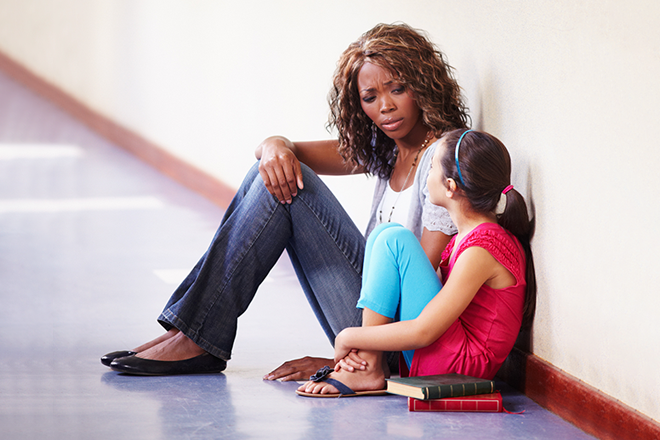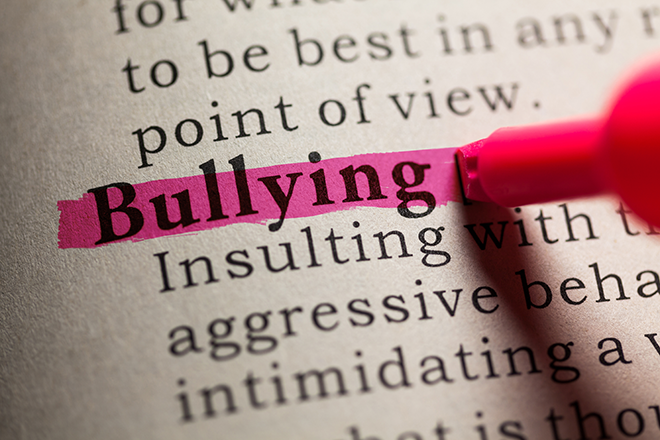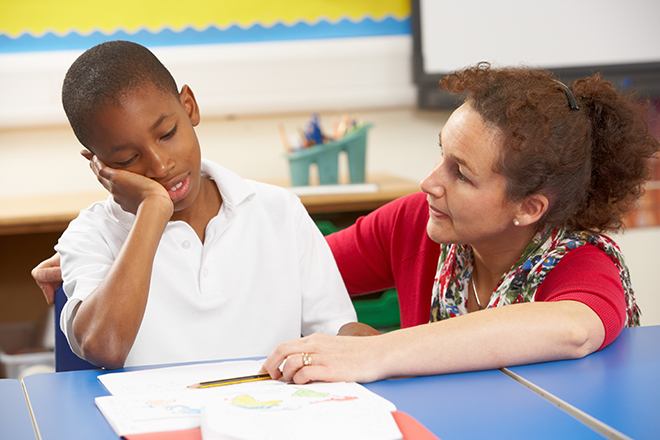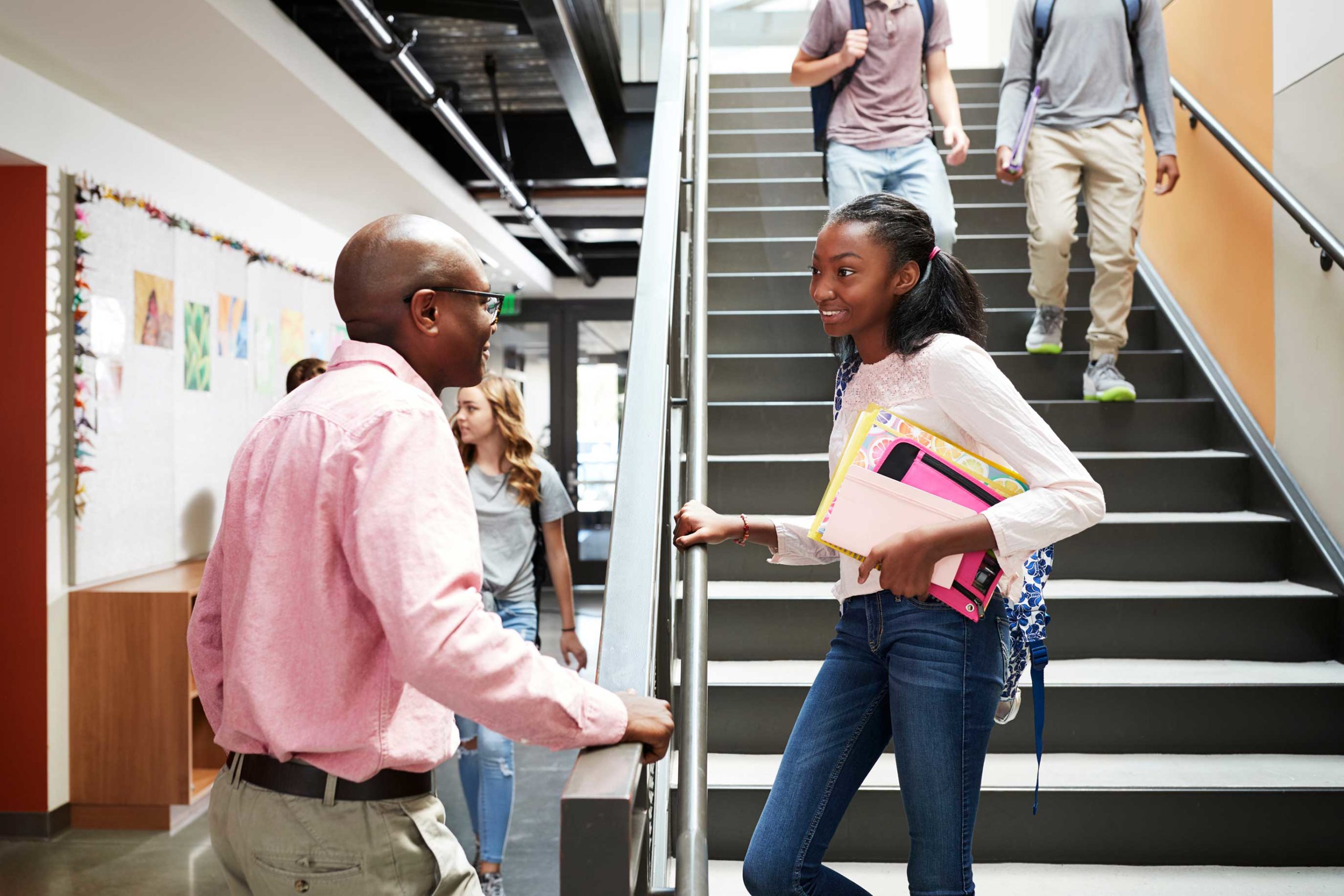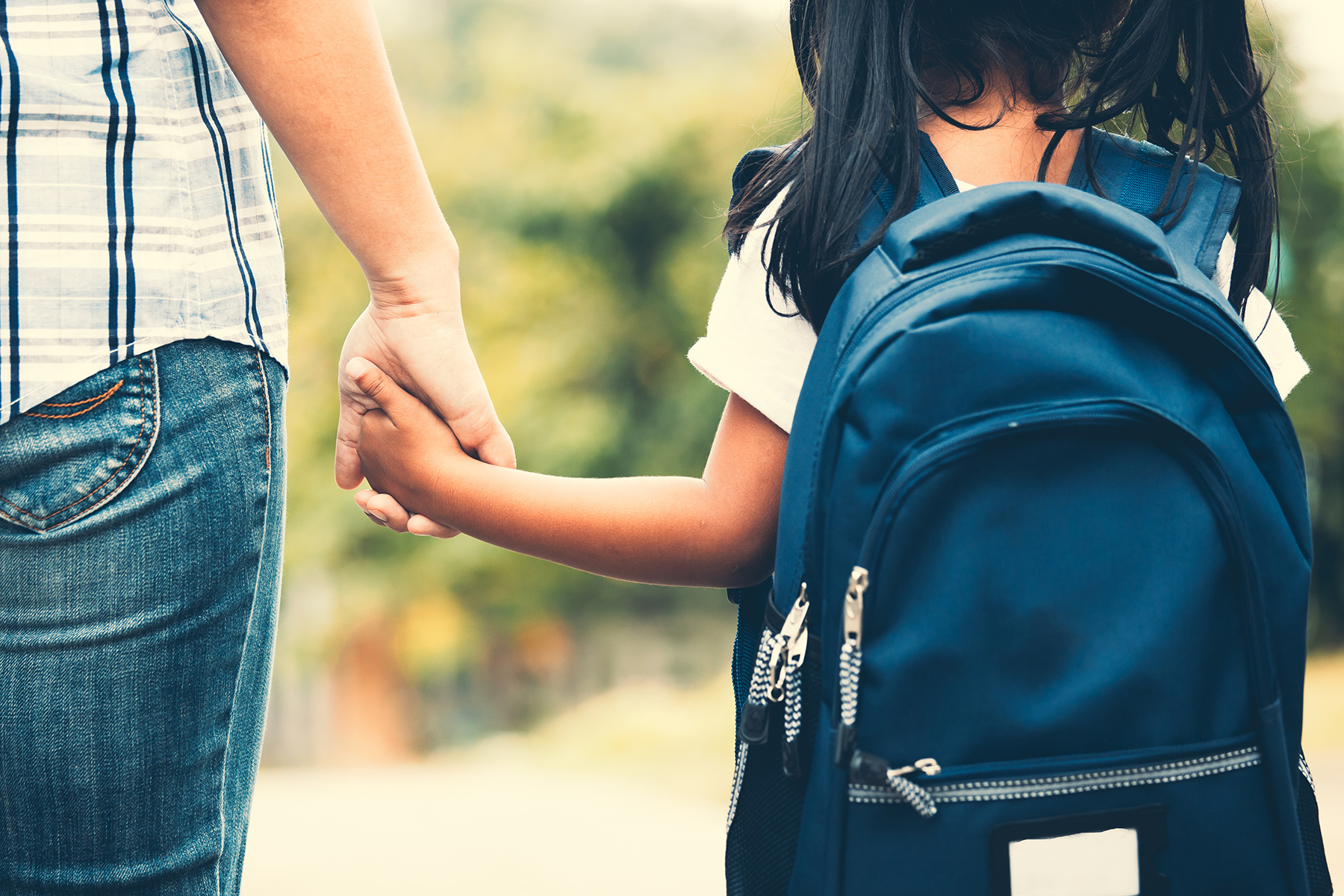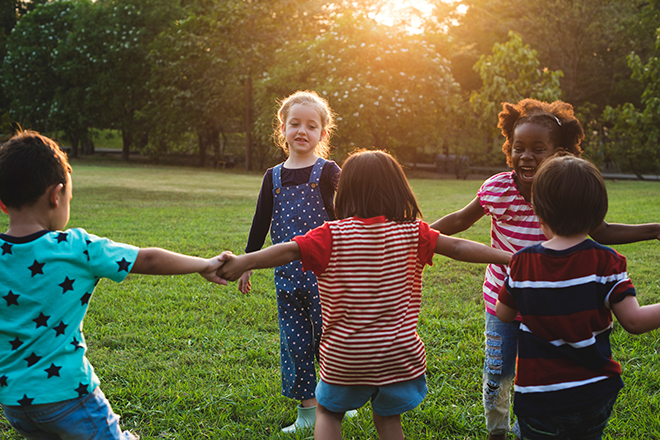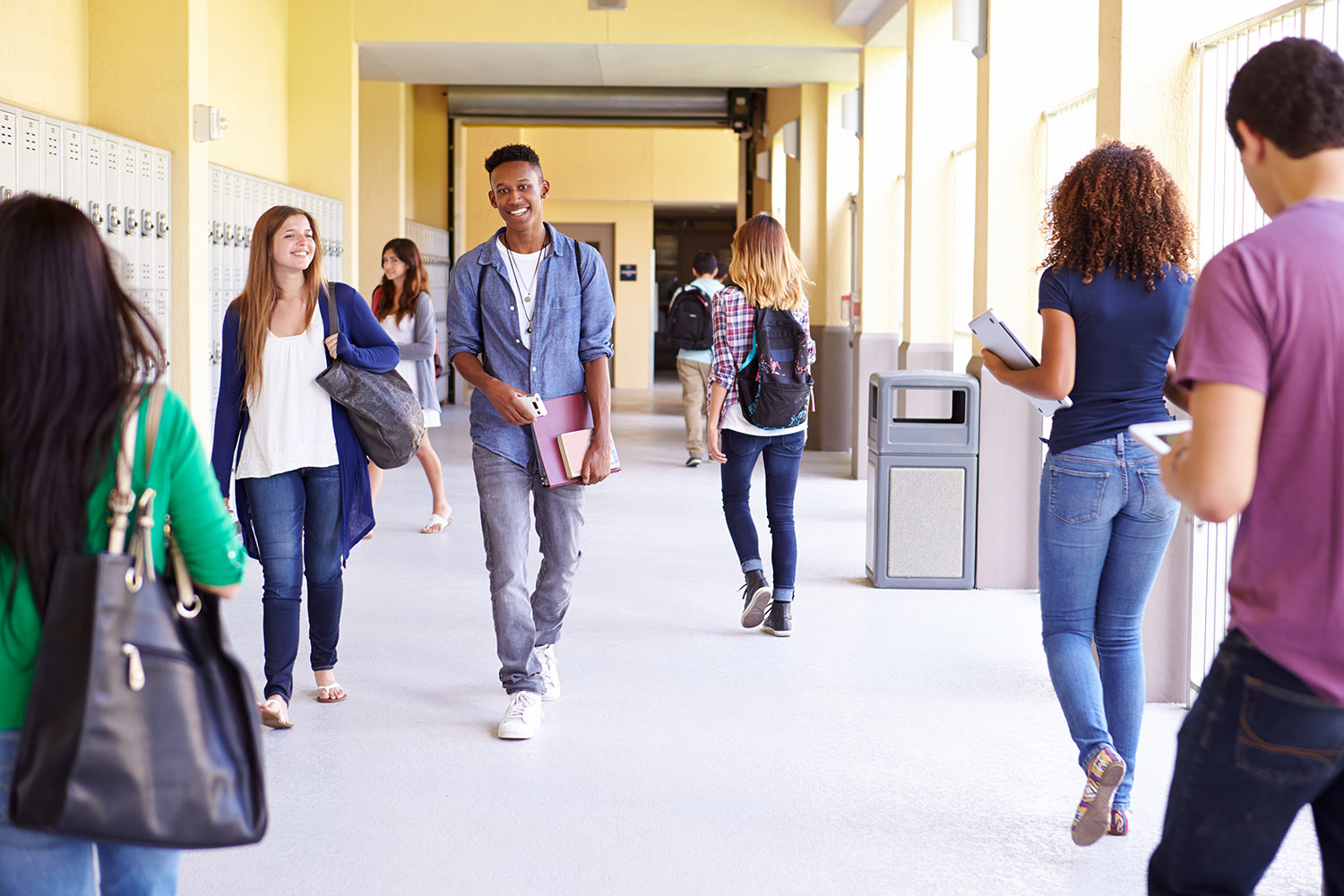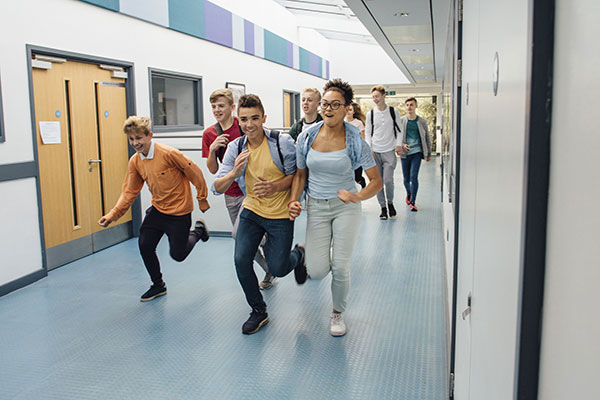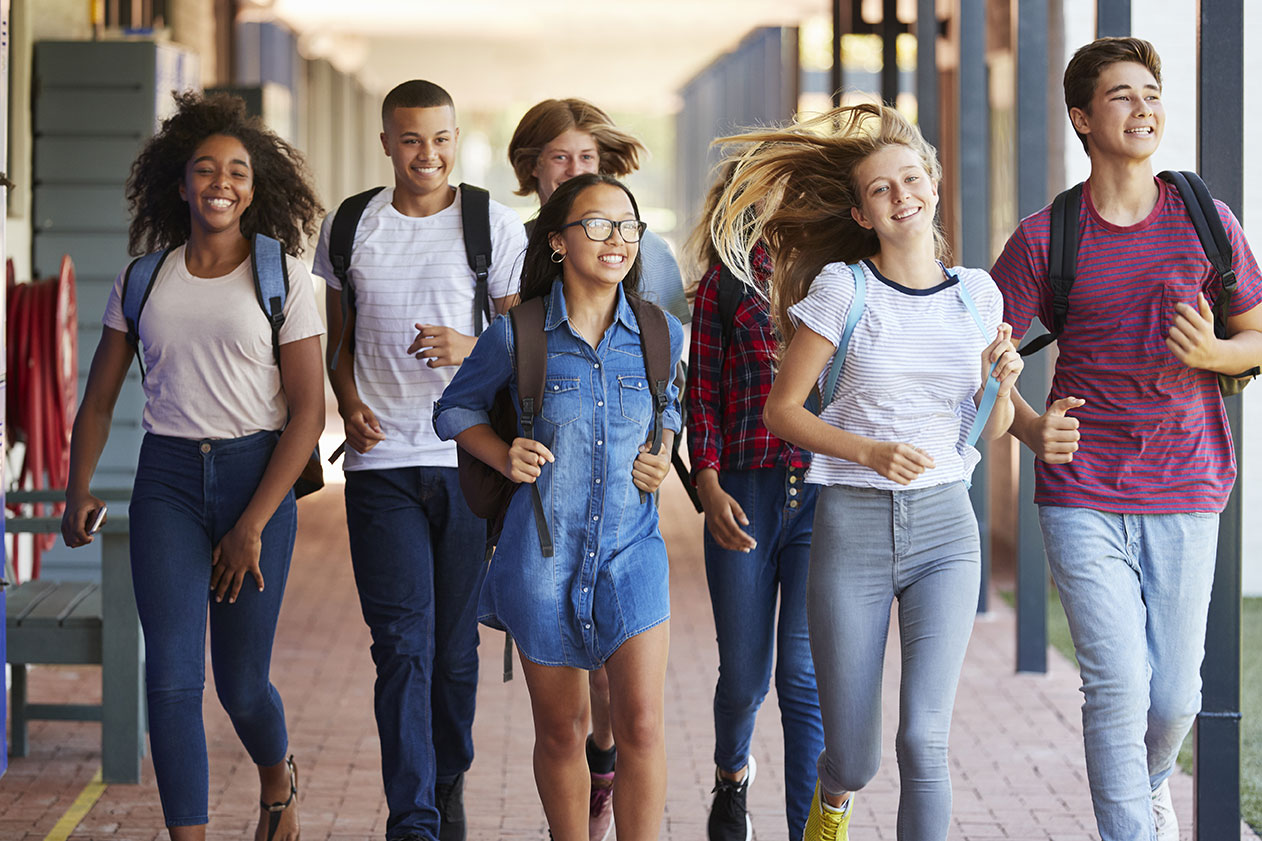The well-established connection between positive school climate and student success means that educators need to know how the climate at their school is faring. This information is particularly important now, after the prolonged disruptions in schooling from the COVID-19 pandemic. Getting and using feedback from students themselves about their school experiences is key to understanding school climate. But how do school and district leaders know which measures to use?
Acts of violence at school place pressure on educators and school leaders to better ensure the safety of their students. A comprehensive approach addresses school climate, student mental health programs, strategies to prevent violence, and physical security mechanisms. Our research has identified several promising practices to help keep students emotionally and physically safe at school.
Students learn best when a school establishes clear and consistent school-wide expectations for behavior. Establishing school-wide rules and routines can help prevent challenging behavior or negative incidents from occurring in the first place. Foundations is one example of a program that addresses school climate and safety by promoting positive discipline policies.
Research has shown that a positive school climate is greatly beneficial for both students and educators. A positive school climate includes three main components: Engagement, Safety, and Environment. School climate measures can help educators, parents, and the community understand perceptions, set appropriate goals, identify priorities, and make decisions.

